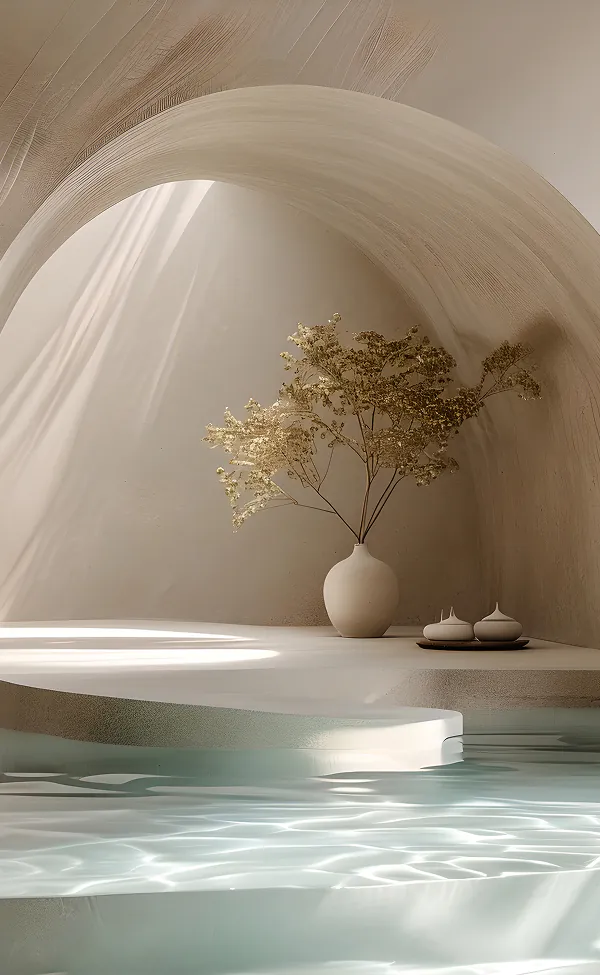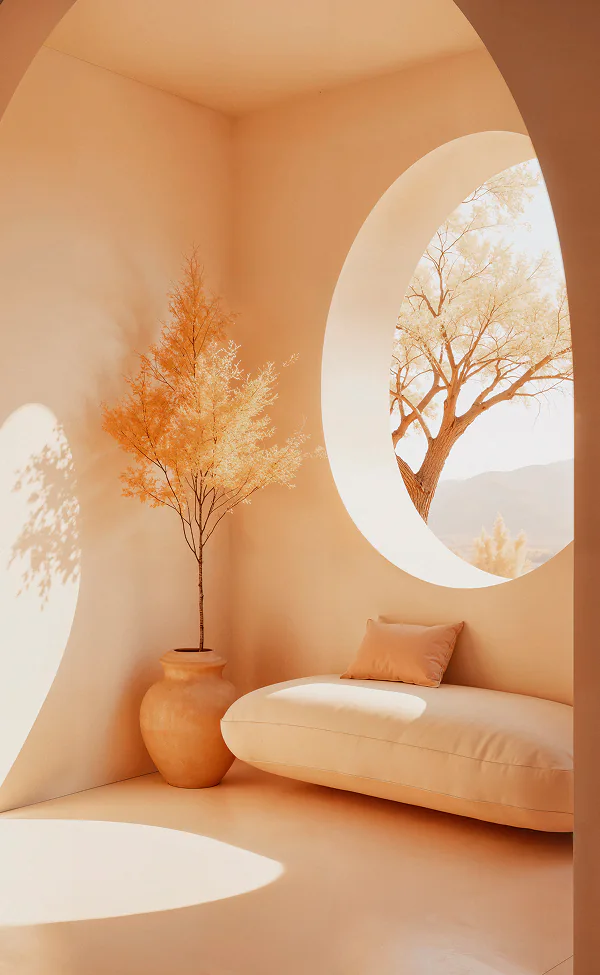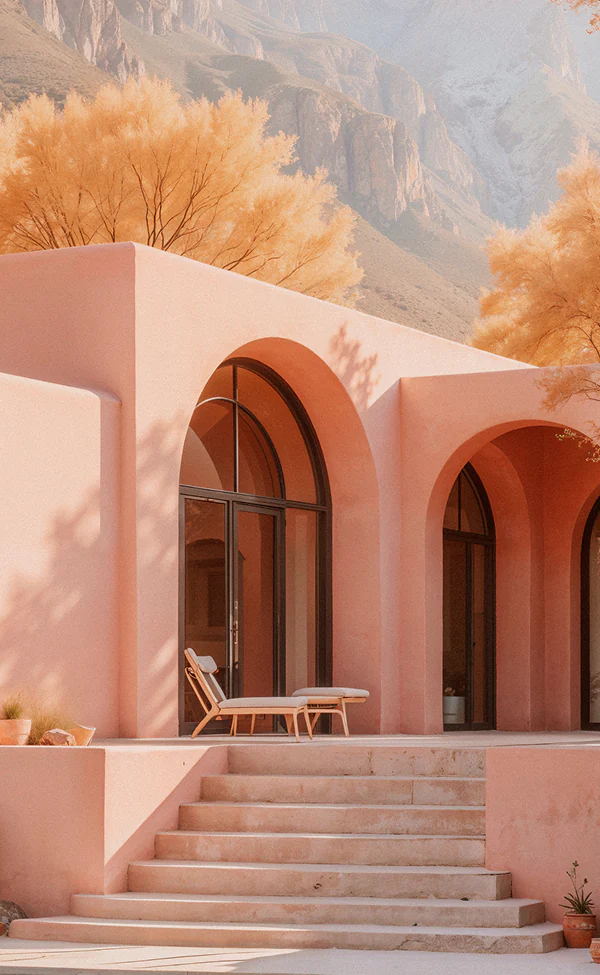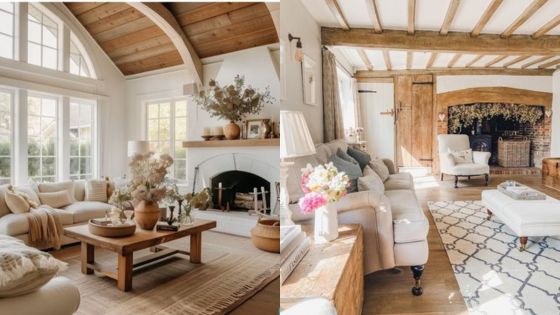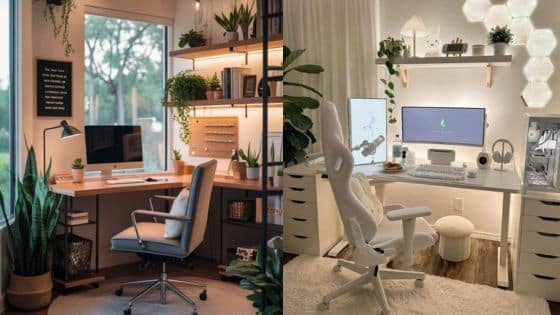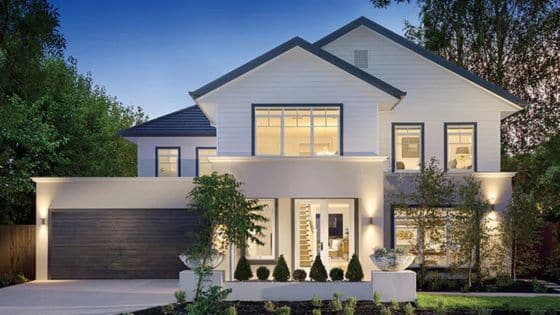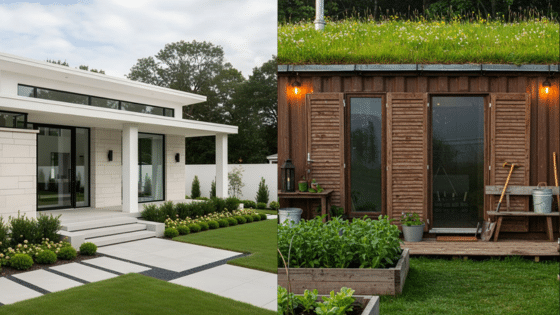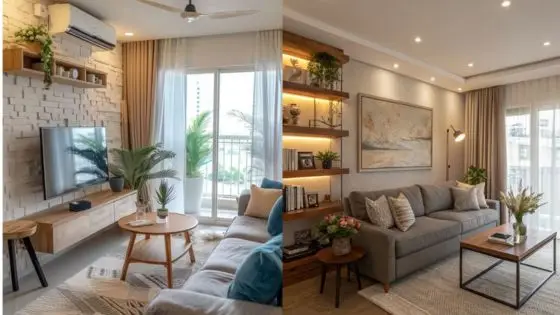Cottagecore aesthetics evoke a sense of nostalgia and warmth, drawing inspiration from simple, pastoral lifestyles. This enchanting style encourages individuals to create cozy, inviting spaces reminiscent of tranquil cottages nestled in the countryside. By incorporating elements like soft textiles, vibrant patterns, and vintage décor, anyone can transform their home into a haven of comfort and charm.
In this journey, one can explore various techniques and inspirations to enhance their living areas. From choosing the right color palettes to selecting country-themed accents, she can easily infuse her home with an inviting and timeless feel. Embracing the cottagecore aesthetic allows for a personal touch that celebrates the beauty of everyday life, making even the simplest moments feel special.
Whether aiming for a full decor overhaul or subtle changes, adopting cottagecore elements cultivates an enjoyable atmosphere. By focusing on what brings joy and comfort, individuals can design a space that resonates with warmth and personality, turning their home into a true reflection of themselves.
Defining Cottagecore Aesthetics
Cottagecore aesthetics are rooted in a nostalgic view of rural life, emphasizing comfort, simplicity, and a connection to nature. This style draws from historical influences and has gained traction in modern culture, inspiring many to cultivate spaces that reflect tranquility and warmth.
Historical Roots and Cultural Significance

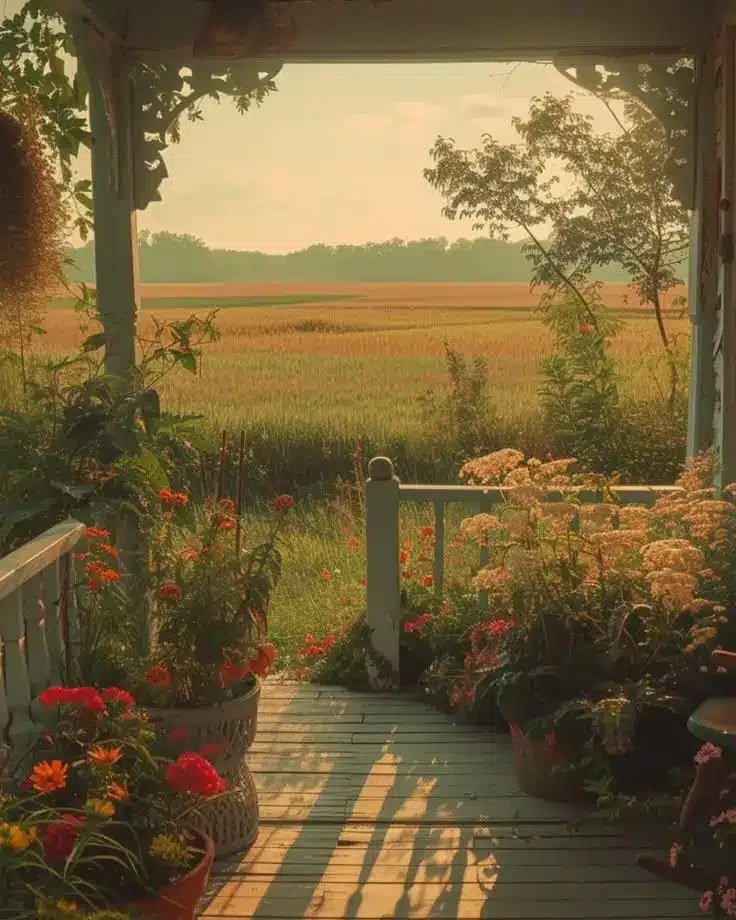
Cottagecore originates from a romanticized view of agrarian life, particularly during the pre-industrial era. This aesthetic embodies values such as self-sufficiency and community. The movement draws inspiration from pastoral literature and art, celebrating the beauty of simple living.
Historically, people sought solace in nature and traditional crafts. This longing has been revived in response to modern life’s complexities, promoting a return to authenticity. The cultural significance lies in its representation of an idealized, slower-paced lifestyle that contrasts sharply with the fast pace of contemporary society.
Key Elements of Cottagecore Style
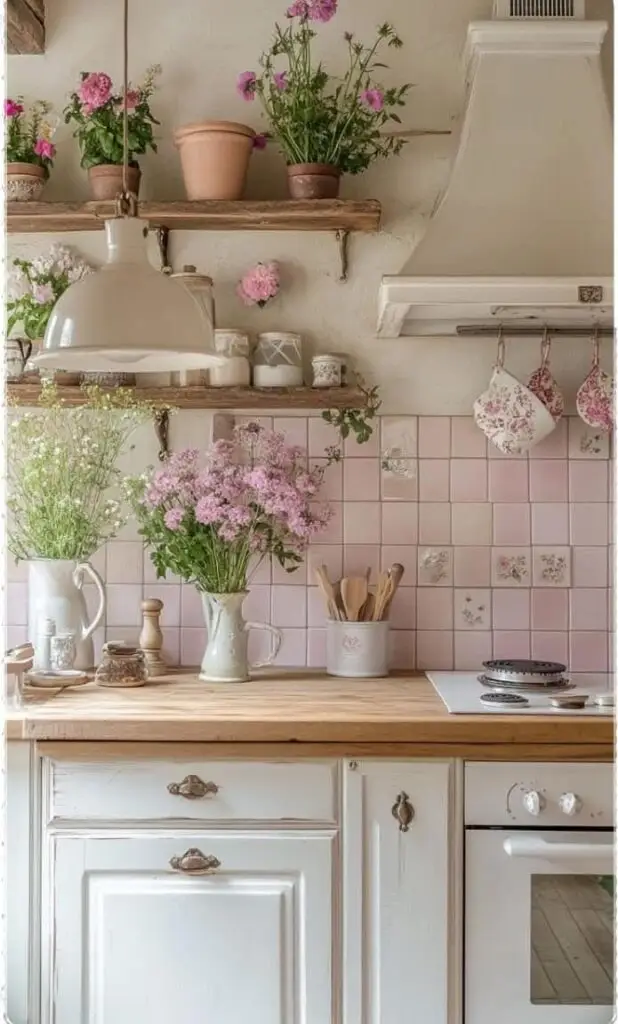

Key elements of the cottagecore aesthetic include:
- Nature-Inspired Colors: Soft, muted tones reminiscent of natural surroundings.
- Vintage and DIY Decor: Emphasis on handmade or vintage items, often featuring floral patterns and rustic designs.
- Textiles: Use of linen, crochet, and lace that adds a touch of coziness.
- Natural Elements: Incorporating plants, flowers, and wood to create a natural environment.
These features create inviting spaces that evoke feelings of warmth and nostalgia. Decor tends to be layered and eclectic, mixing various textures and patterns that reflect the charm of rural life.
Cottagecore in Modern Media
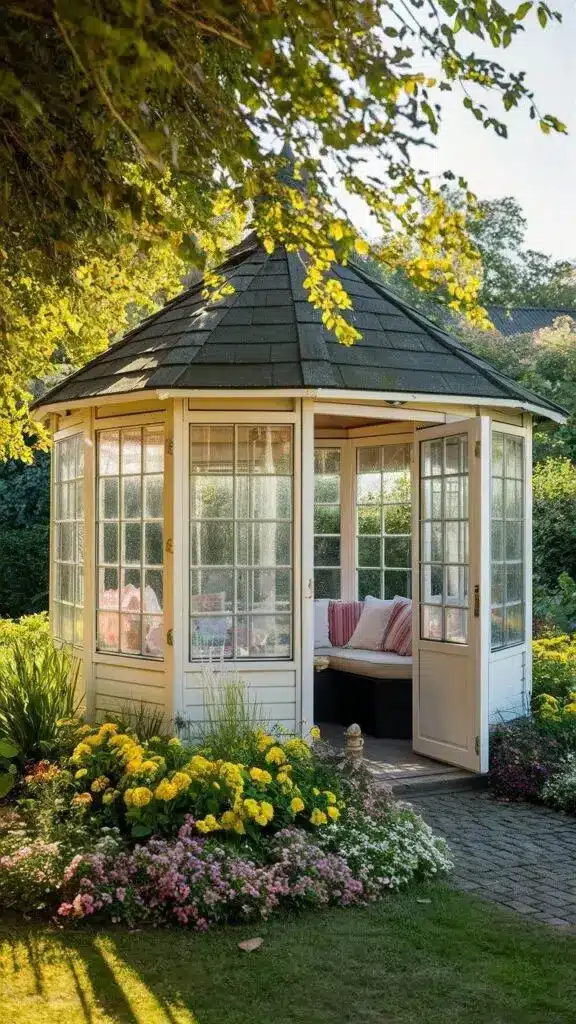
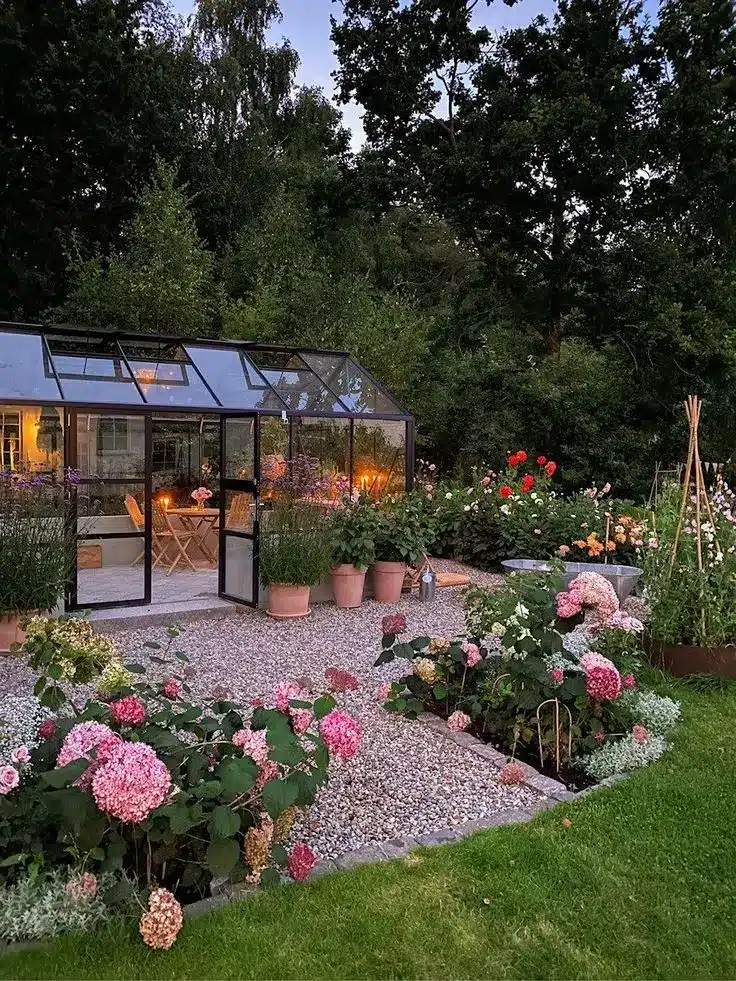
Cottagecore has found a vibrant presence in modern media, particularly on social platforms like Instagram and TikTok. Visual storytelling showcases idyllic rural settings, cozy homes, and wholesome activities, drawing in followers who seek an escape from urban living.
Popular media often features:
- Gardening: Highlighting the tranquility and joy of nurturing plants.
- Cooking: Emphasizing homemade meals and traditional recipes.
- Crafting: Showcasing skills such as knitting, embroidery, and foraging.
These aspects resonate with audiences who appreciate mindfulness and sustainability, reinforcing the allure of a slower, more intentional lifestyle.
Designing Your Countryside Cottage
Creating a countryside cottage involves thoughtful consideration of several key elements that contribute to the cozy and inviting atmosphere typical of the cottagecore aesthetic. From selecting the ideal location and structure to choosing the right colors and furnishings, each aspect plays a vital role in achieving the desired look and feel.
Choosing the Right Location and Structure
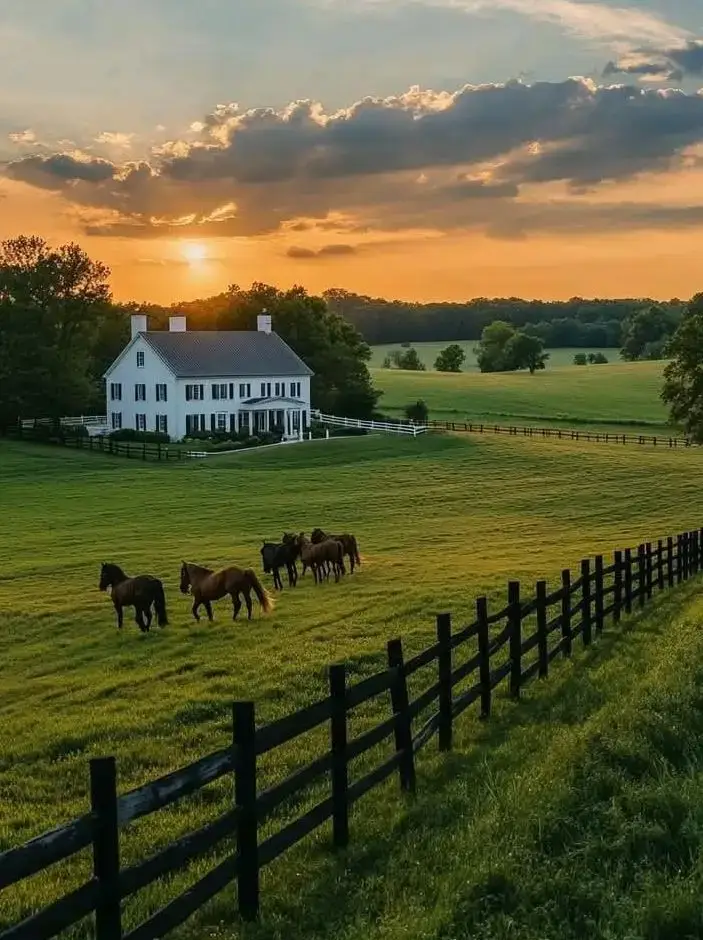
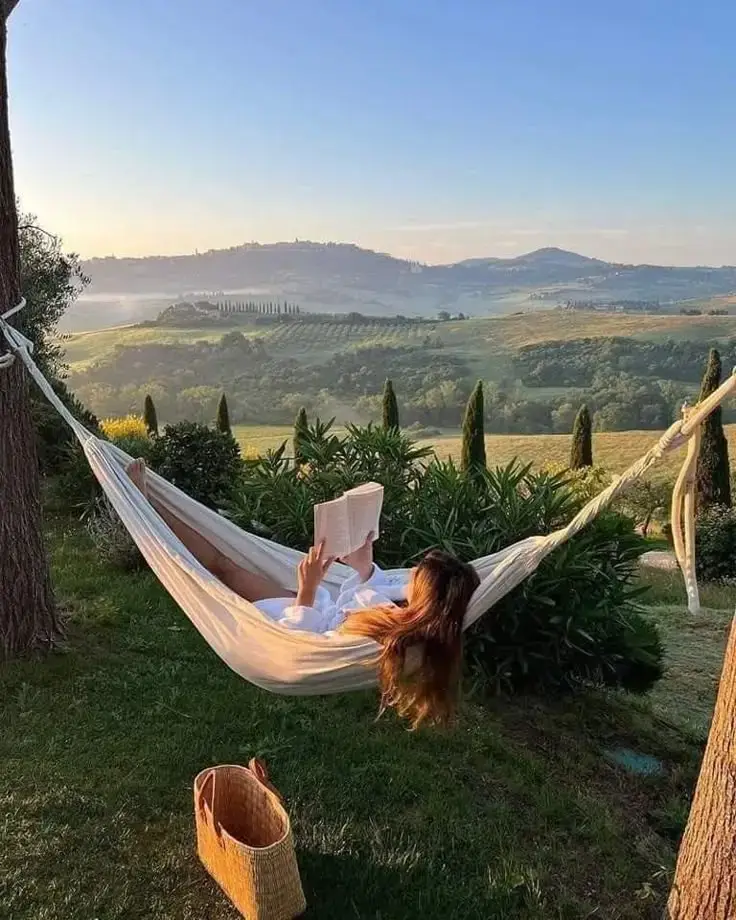
The first step in designing a countryside cottage is selecting the perfect location. Ideally, it should be set in a serene environment surrounded by nature, such as rolling hills or vibrant gardens. Proximity to walking trails or small streams enhances the rural charm.
In terms of structure, traditional features such as stone walls, thatched roofs, or wooden beams promote an authentic aesthetic. Open floor plans with plenty of windows allow natural light to flood in, creating a warm, inviting space. Opt for a layout that connects indoor and outdoor areas, such as a patio or deck for enjoying scenic views.
Incorporating Natural Elements
Integrating natural elements into the design enhances the cottage’s tranquil vibe. Start with wooden floors; they add warmth and timeless appeal. Reclaimed wood accents or barn doors can also introduce character.
Bringing in greenery is essential. Houseplants or window boxes filled with flowers can liven up the interior. Use natural materials like wicker or rattan for furniture, and incorporate stone or ceramic pots for added texture.
Consider adding a small herb garden or native plants outside. This not only adds beauty but provides a sensory connection to nature—a crucial aspect of the cottagecore experience.
Selecting Color Palettes and Fabrics
A soft, earthy color palette works best for a countryside cottage. Think of muted pastels, creams, and soft greens. These colors evoke a sense of calm and connection to nature. Incorporating floral or botanical prints in textiles reinforces the rustic charm.
Fabrics like linen and cotton lend a casual, comfortable feel. Choose lightweight curtains that let in sunlight while maintaining privacy. For upholstery, opt for durable materials that can withstand the test of time yet remain inviting.
Mixing patterns, such as checks and florals, adds visual interest. Limit bold colors to small accents to maintain a cohesive, soothing atmosphere.
Furniture and Layout Considerations

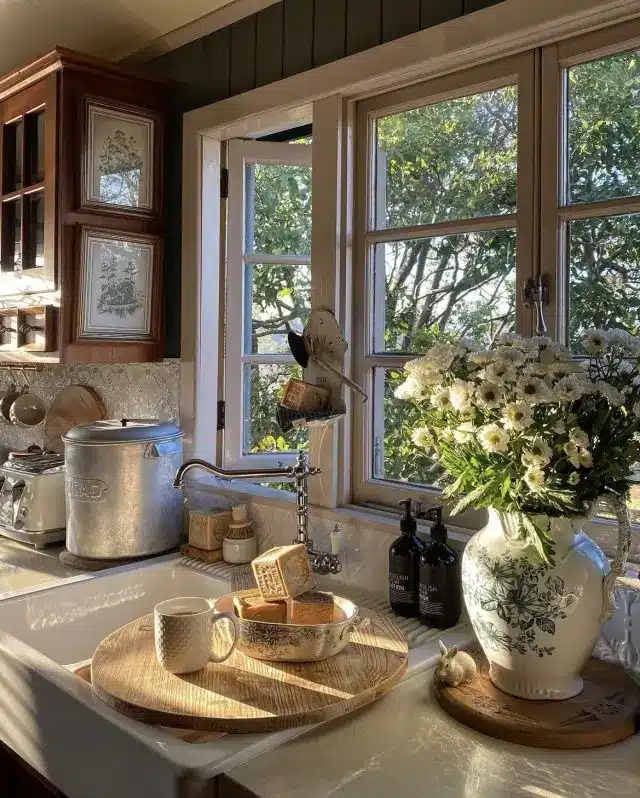
In a cottage, furniture should reflect comfort and functionality. Choose pieces that are both stylish and practical, such as oversized sofas and plush armchairs. Vintage or antique furniture can enhance the charm and provide a sense of history.
Arranging furniture to encourage conversation is key. Create cozy nooks with seating arrangements that facilitate gatherings. Make good use of spaces; a rustic dining table in the kitchen can serve as a central gathering point.
Don’t forget about storage. Built-in shelves or decorative baskets can help keep the space organized while adding to the cottage’s aesthetic. Consider using furniture that fosters flexibility, such as ottomans that double as storage, to maximize space effectively.
Creating a Cozy Atmosphere
Establishing a cozy atmosphere in a cottagecore-inspired home involves careful attention to lighting, decorative elements, and the introduction of nature. Each aspect contributes significantly to the warmth and charm of the space.
Lighting and Ambiance

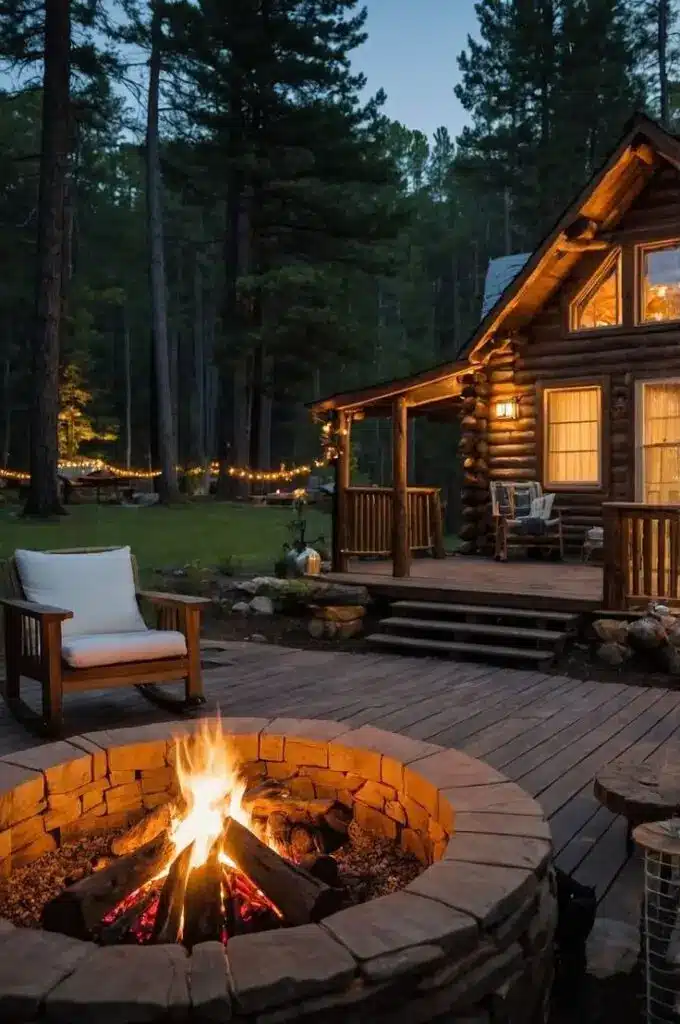
Lighting plays a vital role in creating a warm ambiance. Soft, warm light sources like table lamps and fairy lights enhance the cozy feel.
Using lamps with vintage-style bulbs or colored glass shades adds character. Candles, both scented and unscented, provide a flickering glow that makes spaces inviting. Incorporating natural light is also essential.
Sheer curtains allow daylight to filter through without sacrificing privacy. In darker spaces, mirrors can reflect light, creating a brighter environment.
Decorative Touches and Accessories
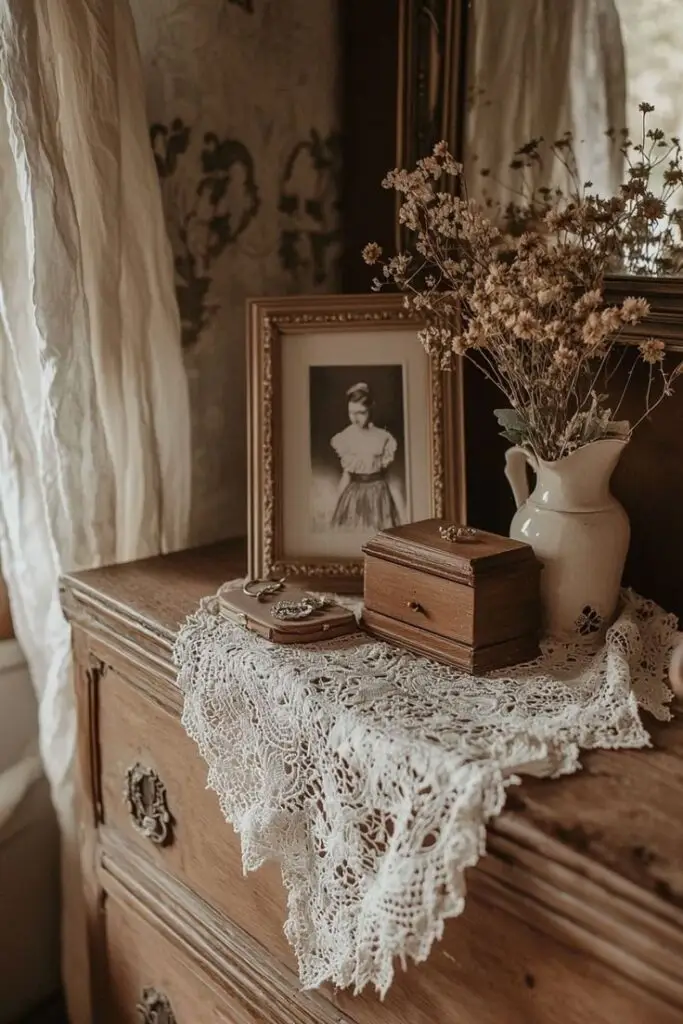

Decorative touches elevate the cottagecore aesthetic. Choosing wooden furniture with a rustic finish maintains an organic feel.
Decorate with vintage fabrics—think floral prints and delicate lace—for curtains, cushions, and throws.
Heirloom items, such as glass jars or pottery, contribute to a nostalgic atmosphere. Arrange books and cherished finds on open shelves for visual interest. Vibrant artwork or framed botanical prints can also add life to the walls.
Mixing textures through knitted blankets or soft rugs enhances comfort.
Incorporating Indoor Plants
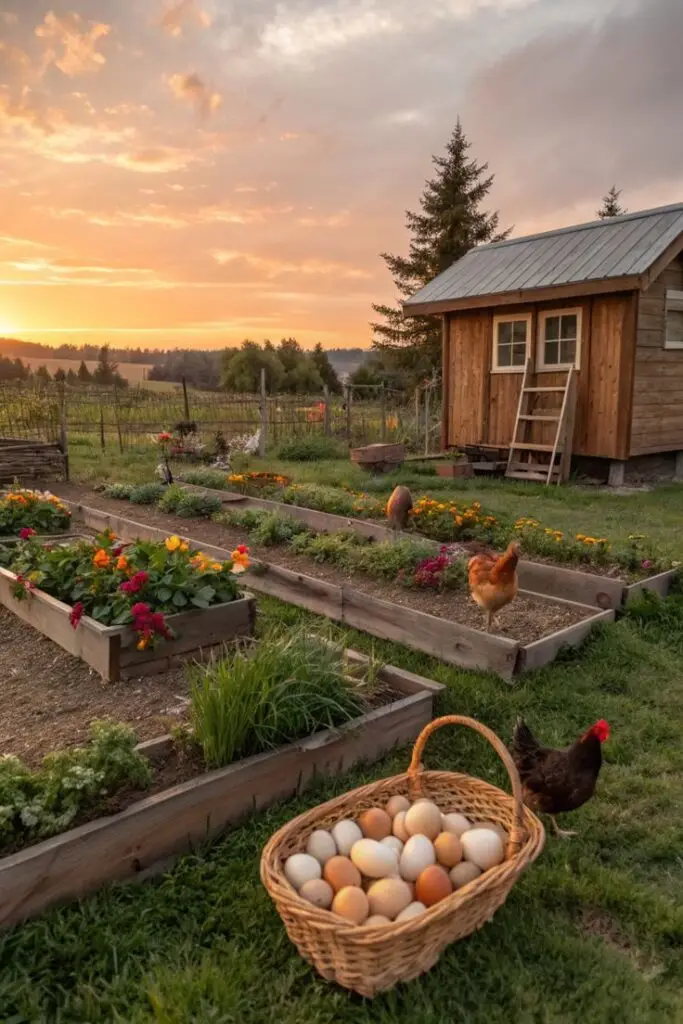

Indoor plants are essential for bringing nature indoors and enhancing coziness. They improve air quality and add a vibrant touch to spaces.
Opt for low-maintenance varieties like succulents, ferns, or pothos, which thrive in various lighting conditions.
Display plants in charming pots, hanging terrariums, or repurposed containers for a unique look.
Grouping plants together on windowsills or plant stands creates a lush green focal point. Consider adding flowers for seasonal variety, and use them to inspire color palettes throughout the home.
Living the Cottagecore Lifestyle
The cottagecore lifestyle emphasizes a connection to nature, simplicity, and self-sufficiency. Key elements include gardening, engaging in DIY crafts, and fostering community ties, all of which contribute to a serene and fulfilling way of life.
Gardening and Self-Sufficiency
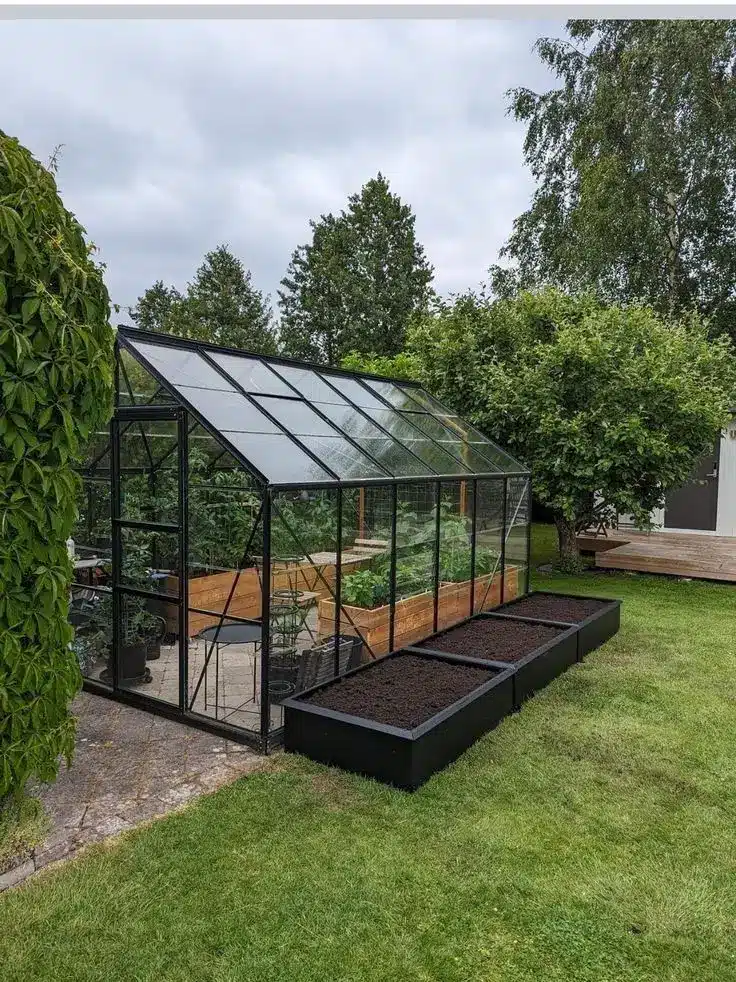

Gardening is central to the cottagecore lifestyle. It provides fresh produce, flowers, and herbs, promoting self-sufficiency. Many embrace organic gardening practices, focusing on sustainable methods to cultivate their own food.
A practical approach might include planting seasonal vegetables like tomatoes, carrots, and cucumbers. Utilizing raised beds or herb spirals can optimize space.
Additionally, growing flowers such as sunflowers or lavender enhances beauty and attracts pollinators. Many also appreciate the therapeutic aspects of tending to plants, which can bring a sense of calm and fulfillment.
DIY Crafts and Homemaking

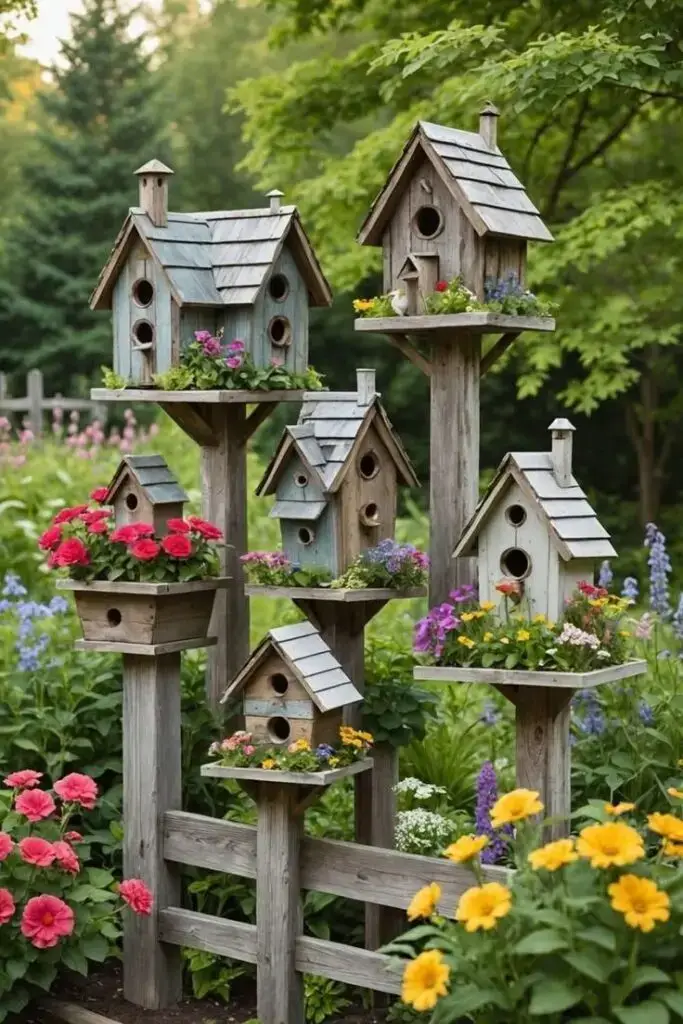
Homemaking plays a significant role in creating a cozy environment. DIY crafts are a popular aspect of cottagecore, allowing individuals to personalize their living spaces.
Techniques such as knitting, sewing, and pottery can transform basic materials into beautiful, functional items.
For instance, creating handmade cushions or upcycling old furniture reflects one’s personality while contributing to a sustainable lifestyle. Recipes for homemade candles or natural cleaning products also align well with this aesthetic, promoting a simpler and more mindful way of living.
Engaging in these activities can also serve as a creative outlet and a way to disconnect from technology.
Community and Simplicity
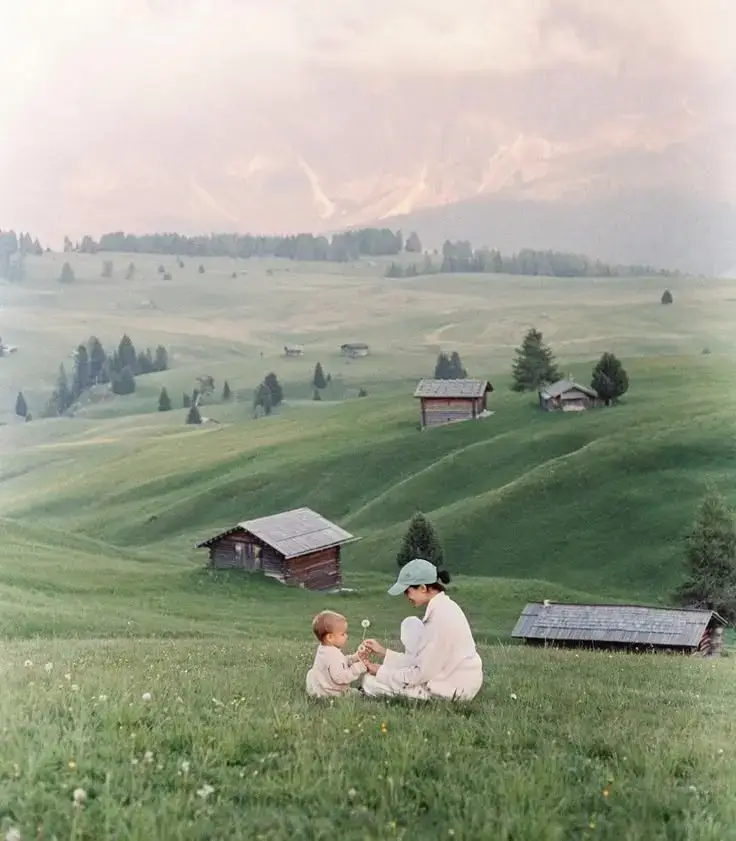
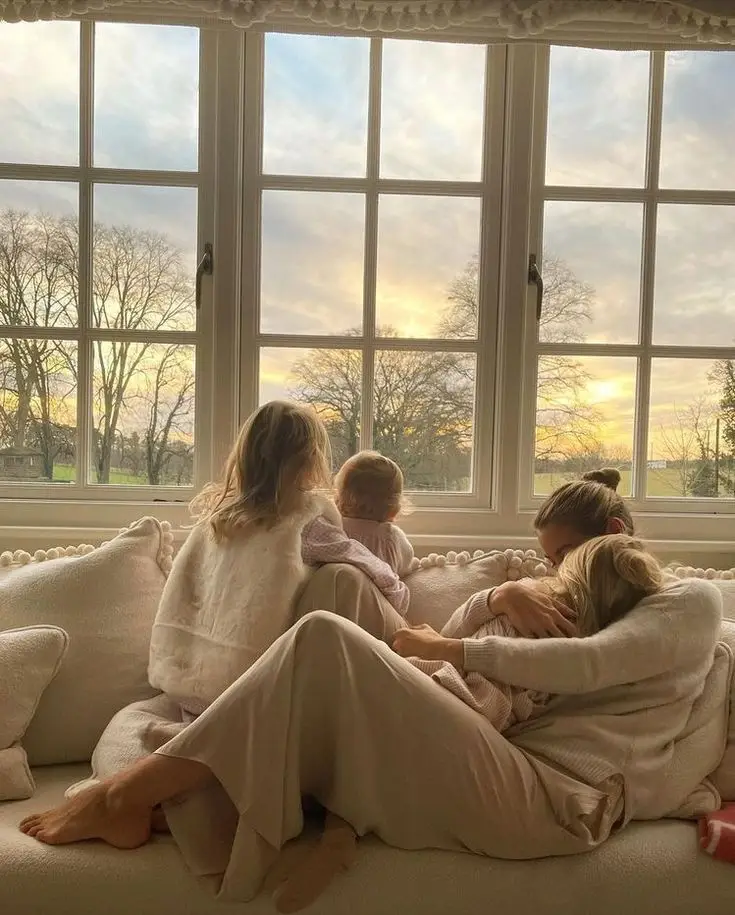
A key component of the cottagecore lifestyle is the importance of community. Sharing skills like baking, gardening, or crafting fosters connections with others who appreciate simple living.
Participating in local farmer’s markets or community gardens not only supports local agriculture but also builds relationships.
Moreover, simplicity is emphasized through minimalism. Prioritizing quality over quantity in possessions leads to a more meaningful life. This focus encourages individuals to declutter their homes, creating spaces that are both inviting and functional.
By fostering connections and embracing simplicity, individuals can cultivate a warm, inviting environment that embodies the essence of cottagecore.
- 170shares
- Facebook0
- Pinterest170
- Twitter0
- Reddit0





